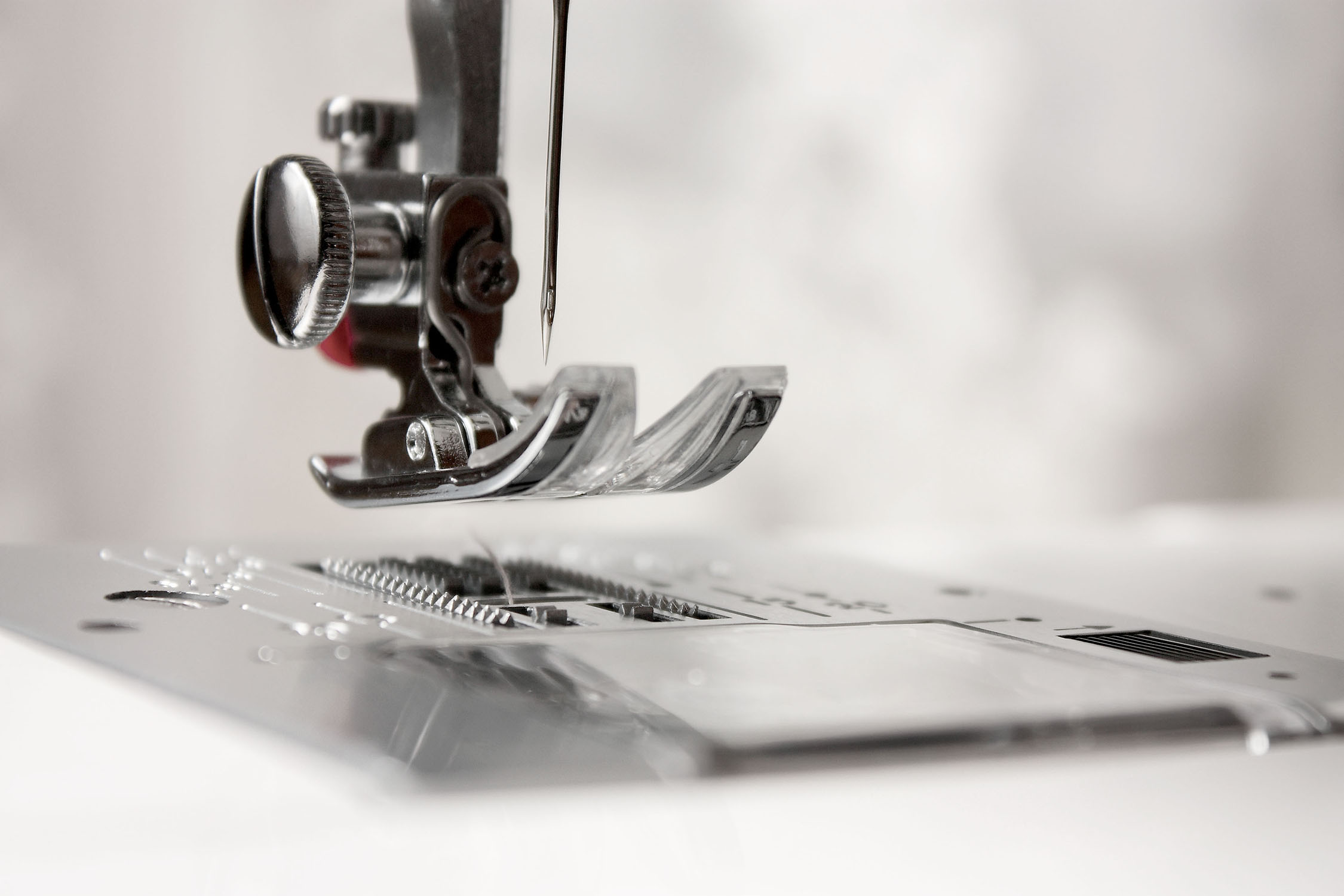
The client in this leather manufacturing case study is a privately owned iconic Australian brand dating back to the 19th Century. Manufacturing, supply chain and head office facilities are in Australia and are supplemented by manufacturing facilities overseas. The company currently employs 400 people. Products are both ISO 9001 and AS/NZS 2210.3 accredited. The factory uses the latest technology, organised around work type, to permit the effective production of products. The Board and management team are committed to keeping the majority of manufacturing activities in Australia.
Although their manufacturing facilities use the latest technology, the company had a number of serious production issues that were hampering the business. An extensive review was undertaken covering the operational processes, product design and development, the supply of raw materials, purchasing and warehousing processes, and desk audits of the overseas manufacturing and supply processes. Among the problems uncovered were:
The review of the their operations, and the findings, enabled the company’s executive team to set priorities in improving the product-to-customer supply chain. Their immediate aim was to ensure a reliable supply of high quality product in order to build sustainable and profitable relationships with customers. Four key objectives were prioritised:
The caveat was to achieve this without detracting focus or energy from a number of improvement initiatives that were already underway. These included capital equipment projects, sourcing raw materials and finished goods from overseas suppliers, integrating a local raw-materials supplier into the business and the implementation of MRP systems.
This company’s executives were not looking for a one-off fix. A key element of the implementation program was to build – at least the foundations of – a continuous improvement program. To achieve this the operational changes had to be undertaken by a joint team of the company’s managers and GPR Dehler consultants.
Considerable credit is due to the company’s executives for committing the right resources to the project. In many similar situations companies allocate internal teams based on who is available (which often begs the question ‘why are they available?’) rather than those who are right for the task. The internal team included the human resources manager and the logistics manager – people who had responsibility for areas that were critical to the project and would have a big part in its success. Additionally, the company’s CEO demonstrated his support both by scheduling time for regular meetings with the key GPR Dehler consultant, and by attending steering group meetings.
The company’s team members were given training in the use of tools and techniques to facilitate workshops and in conducting meetings using a practical, hands-on approach. GPR Dehler’s consultant worked alongside them, coaching and mentoring them in continuous improvement techniques, transferring skills and instituting a rigorous, disciplined and sustaining process for the business’s supply chain. This included guiding the company’s managers through activities such as improved communication, obtaining management and workforce support, dealing with objections and reporting results.
The implementation team used a proven supply chain methodology, that GPR Dehler has applied on numerous projects, refined to suit the company’s environment. Key to this was the involvement of their own people – at all levels – to document the existing supply chain and the problems within it, to create a picture of the ideal chain, and to identify the steps needed to achieve it. Changes in work flow and machine utilisation were piloted before final implementation in order to test and prove the benefits.
This participative approach, and the increased communication that was intrinsic to it, provided employees and managers with considerable personal comfort and the knowledge that their views were respected and valued. In turn, this helped make the changes ‘part of the way we do business’ rather than a stand-alone project imposed upon them.
Throughout each stage of the supply chain implementation, senior management were kept updated on progress. Strong emphasis was placed on tangible, measurable, results from specific activities based on sound cost benefit analysis.
The fact that the project had senior executive support, a strong internal implementation team and a workforce that relished the opportunity to participate in improving the operations and their work environment, helped expedite a list of impressive results.
The changes included a number of substantial modifications to the tannery, which is operated by the company. However in order for this area of the business to achieve the desired results, cooperation was sought – and received – from the company’s local leather suppliers. This contributed to an improvement in leather volume of 30% and a more stable supply of the leather quality that the company requires.
This project, like many of our engagements, looks straight-forward on paper. The reality is far from it. Our skill is not just in identifying problems and designing solutions, but in making those solutions work – often in a tough business and cultural environment.
GPR Dehler has an excellent record of implementing change programs in Australia, New Zealand, Asia, Europe, North America and Southern Africa. Everything we do is geared towards achieving results – not writing reports. We have the management and planning skills as well as hands on consultants with experience to overcome obstacles and transform good ideas into effective and successful programs. Significantly, we do this with minimum disruption to our clients’ business operations.